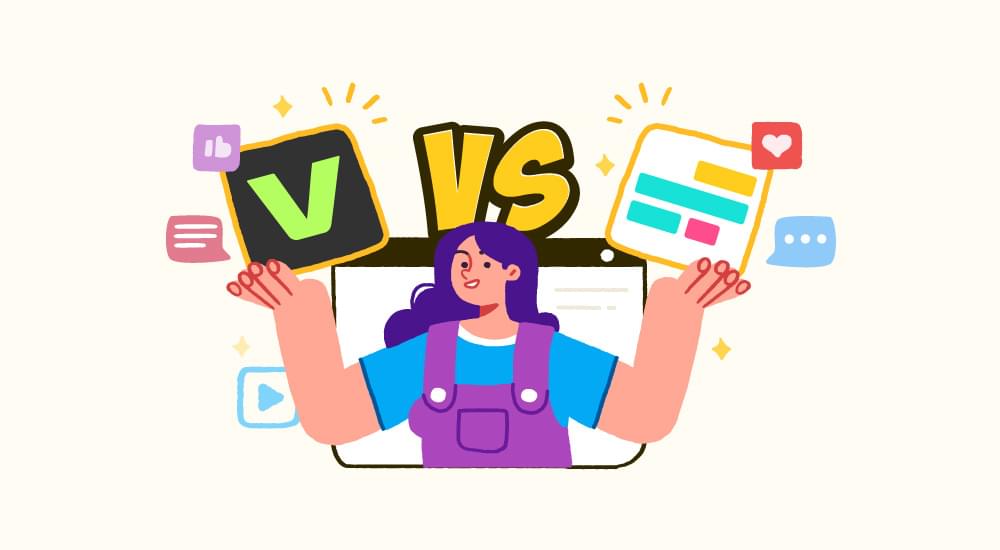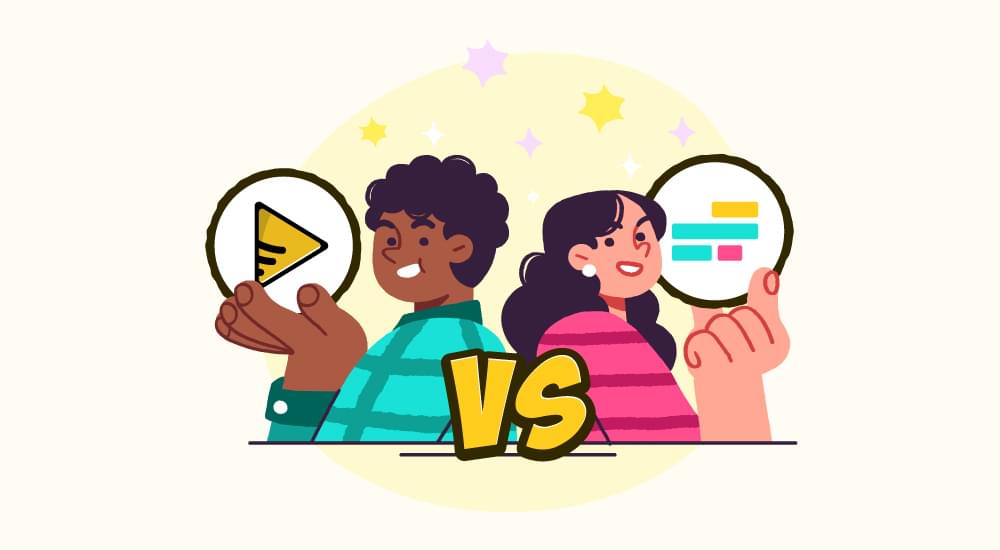
benefits of subtitles in video
Exploring AR and VR Subtitling: Enhancing Immersive Realities for Inclusive User Experiences
Augmented Reality (AR) and Virtual Reality (VR) create a nexus where imagination collides with reality, and among the innovative technologies emerging within this space, AR and VR subtitling stands out as a pivotal enhancement. A market research firm anticipates the AR and VR market to skyrocket, potentially reaching a staggering $1.5 trillion by 2030, reflecting the immense potential for growth and transformative impact inherent in these technologies.
But what element truly elevates these immersive experiences, ensuring they are accessible and engaging for all, irrespective of hearing abilities? VR subtitling emerges as the unequivocal answer. Subtitles, especially within AR and VR, are not merely an accessory; they are a crucial tool that enhances user experiences, ensuring they are rich, inclusive, and accessible.
This article will delve into AR and VR subtitling, exploring how this technology acts as a bridge, creating inclusivity within immersive digital experiences and guaranteeing that no one is left behind. We will explore the profound impact of subtitles in AR and VR, illuminating how they metamorphose these experiences into something truly extraordinary. Embark on this journey with us!
What You Need to Know About Augmented Reality (AR)?

Augmented reality, often called AR, combines digital data with your real-world surroundings in real time. Unlike virtual reality (VR), which immerses you in entirely constructed environments, AR enriches your real-world experience by layering computer-generated sensory input onto it.
AR can modify the appearance of your natural surroundings or provide extra information to enhance your understanding. The standout feature of AR is its ability to blend digital and three-dimensional (3D) elements with reality. This versatility allows AR to find applications across various domains, from helping in decision-making processes to offering creative entertainment.AR achieves this by transmitting visual, auditory, and other sensory cues to users via smartphones or smart glasses. These cues are then superimposed onto the user’s device screen, creating a cohesive experience where digital content transforms how you perceive the real world. This overlay can add new elements to your surroundings or modify existing ones, offering tons of interactive possibilities.
What Should You Know About Virtual Reality (VR)?
Virtual reality, also known as VR, is a technology that recreates computer-generated images and videos in a way that simulates real-life visual experiences. These experiences go beyond what you typically encounter on a computer monitor or smartphone screen. VR systems work by using computer vision and sophisticated graphics techniques.
To break it down further, VR aims to create three-dimensional (3D) images and videos with added depth, and it does so by reconfiguring the scale and distances between static two-dimensional (2D) images. To immerse yourself in these 3D environments, you’ll need VR headsets equipped with specialized lenses and controllers. These controllers often come with sensors enabling you to interact with and navigate the VR content.
AR vs VR - A Comparison
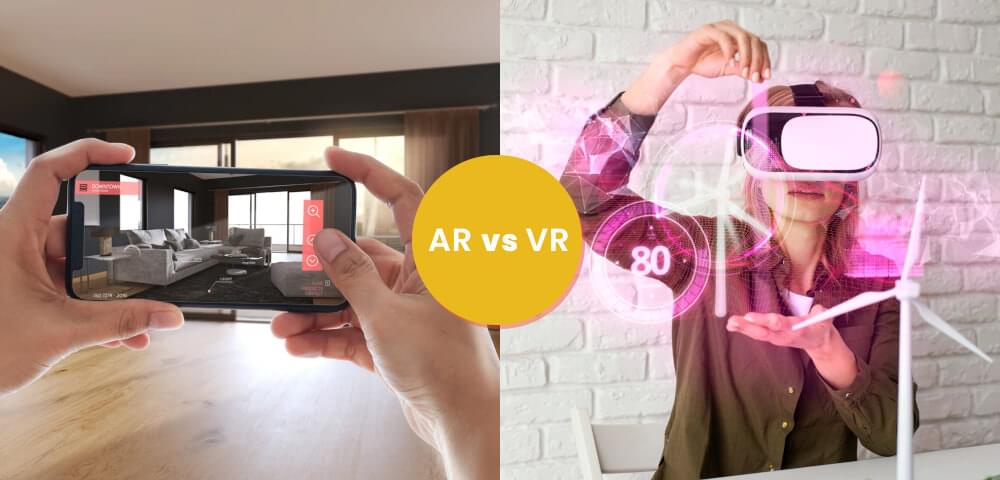
Comparing Augmented Reality (AR) and Virtual Reality (VR) directly, you’ll find that these two technologies have distinct characteristics. However, it’s important to note that their differences don’t necessarily make one better than the other; instead, each has its unique applications:
- VR immerses users in an entirely virtual environment, while AR enhances the real world with digital elements.
- VR is predominantly virtual, making up about 75 percent of the experience, whereas AR is primarily real-world, with around 25 percent virtual elements.
- VR requires a dedicated headset, whereas AR doesn’t require one.
- VR users interact within entirely fictional settings, while AR users remain connected to the real world.
- AR generally demands higher data bandwidth compared to VR.
- The main goal of AR is to combine both the virtual and real worlds, whereas VR replaces the real world with a fictional one, primarily catering to gaming experiences.
Applications of AR and VR Subtitling
Let’s see how AR and VR subtitling are transforming various industries and redefining immersive experiences:
Healthcare and Medical Training
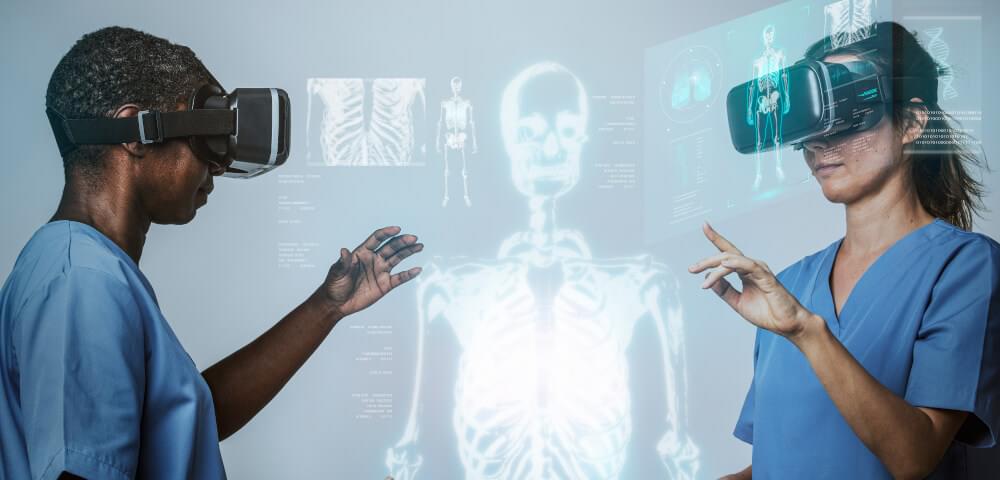
In the field of medicine, AR and VR are revolutionizing training and education. Surgeons can practice complex procedures through VR simulations. Here, subtitles play a crucial role by providing real-time guidance and explanations, ensuring every step is understood and executed correctly.
Tourism and Cultural Preservation
AR-enhanced tourism apps allow travelers to explore historical sites with informative captions. If you’re visiting the Colosseum in Rome, and as you gaze upon its grandeur, historical details and stories are displayed in your view, making the experience both enriching and educational.
Entertainment and Gaming
VR gaming experiences are made more immersive with subtitles. They provide in-game instructions, character dialogues, and important information without breaking the immersion. Gamers with hearing impairments can enjoy the same level of excitement and engagement as any other player.
Education and Training
In VR-based education and training programs, subtitles are indispensable. From virtual classrooms to professional development simulations, captions offer clarity and accessibility to learners. Language learners can benefit significantly from translated subtitles in comprehension and skill development.
Accessibility Advocacy
AR and VR subtitling are paving the way for a more inclusive digital future. Organizations and platforms are increasingly adopting immersive content subtitles to ensure virtual reality accessibility to everyone, regardless of their hearing abilities or language proficiency.
Benefits of AR and VR Subtitling
Augmented Reality (AR) and Virtual Reality (VR) transport our senses to new dimensions. Here, the importance of accessibility and inclusivity cannot be overstated. In this section, we’ll see how exactly AR and VR subtitling can enhance accessibility and the overall user experience.
Opening Doors to Inclusivity
One of the most significant advantages of AR and VR subtitling is its ability to make these super awesome technologies accessible to a broader audience. For people with hearing impairments, traditional AR and VR experiences might fall short of delivering the full scope of these captivating worlds. However, by using augmented reality captions and immersive content subtitles, they can fully engage with the experience. This inclusivity ensures that AR and VR aren’t limited to a selected few but can be enjoyed by everyone, regardless of their hearing abilities.
Enhanced User Experience
If you are touring historical places, AR and VR subtitling becomes a subtle storyteller, enhancing the user experience by providing valuable context and information. It adds depth to the content, guiding you through the immersive journey and ensuring you don’t miss out on any detail. It’s not just about reading the words; it’s about comprehending the narrative, and subtitling plays a significant role in achieving that.
Effective Learning and Training
AR and VR have revolutionized how we acquire knowledge and develop skills in the education and training sectors. With VR subtitling, complex subjects can be broken down into understandable segments. This is especially valuable for e-learning and training programs. Whether it’s a medical simulation, medical store Software, a historical reenactment, or a safety training scenario, subtitling helps learners grasp concepts more effectively. Subtitles make these technologies indispensable for educational institutions and corporate training programs.
Crossing Language Barriers
The most outstanding ability of AR and VR is to transcend physical borders. Likewise, subtitling has no language barriers. With multilingual subtitles, a global audience can enjoy AR and VR experiences. Subtitling ensures that language differences won’t impede understanding or communication in any scenario, including exploring the streets of ancient Rome or collaborating with international colleagues in a virtual workspace. It fosters a more connected and collaborative world.
Compliance and Legal Considerations
In many regions, there are legal requirements and accessibility standards that organizations and developers must adhere to. AR and VR subtitling can help meet these compliance standards. By providing accessible experiences, organizations can avoid legal complications and demonstrate their commitment to inclusivity. It’s not just a matter of fulfilling obligations; it’s about creating a more equitable society.
Expanded Market Reach

Finally, let’s not overlook the business aspect. Expanding your market reach is highly important to excel in commerce and entertainment. AR and VR subtitling can attract a more diverse audience. People will likely choose your brand when they know they can engage with your content or products. This expanded reach can translate into increased revenue and a more significant impact on the market.
AR and VR subtitling go beyond text on a screen; they create an inclusive, informative, and interconnected world. Subtitling opens up millions of possibilities for a developer, educator, business owner, or simply an enthusiast of these technologies.
Best Practices to Add AR and VR Subtitling
So far, we’ve explored the importance of subtitles in making AR and VR accessible to all. Now, let’s dig into the best practices and guidelines that can help creators and developers ensure that subtitles in AR and VR not only serve their basic purpose but enhance the overall immersive experience too.
5 Bonus Tips for Creating Effective and Smooth Subtitles
- Prioritize Clarity: Subtitles should always prioritize clarity. Use readable fonts, appropriate font sizes, and high-contrast text colors to ensure that subtitles are easy to read, regardless of the virtual environment.
- Consider Placement: Where you position subtitles matters. They should be strategically placed to avoid blocking critical visuals or distracting users. Subtitles that float in the user’s line of sight can obstruct the experience, so opt for subtle placements.
- Synchronize with Content: In VR, where users can freely explore 3D environments, it’s crucial to synchronize subtitles with the user’s perspective and interactions. Subtitles should stay anchored to the objects or characters they relate to, enhancing immersion.
- Use Transparent Backgrounds: To maintain the illusion of a virtual world, consider using subtitles with transparent backgrounds. This makes subtitles appear as part of the environment rather than overlays.
- Test for Comfort: VR experiences can vary in duration, so consider user comfort. Allow users to adjust subtitle display settings, such as text size, color, and transparency, to suit their preferences and avoid eye strain.
User-Friendly Interfaces for Subtitle Customization
- Accessible Settings Menu: Design an intuitive settings menu within your AR or VR application that allows users to customize subtitles effortlessly. Ensure this menu is accessible in-game or during the experience to provide real-time adjustments.
- Multiple Language Support: If possible, offer a wide selection of languages for subtitles. A diverse audience appreciates content in their native languages, enhancing inclusivity and accessibility.
- Font and Color Options: Allow users to choose fonts and text colors that align with their preferences. Some may find a particular font style more comfortable to read, and customizable text colors can cater to those with visual impairments.
- Positioning Control: Give users the ability to adjust subtitle placement. Some may prefer subtitles at the top, while others prefer them at the bottom of the screen.
- Auto-Subtitle Generator: Using an auto-subtitle generator can greatly help you. This AI-driven solution can automatically generate subtitles in real time based on the spoken or scripted content, reducing manual work for you.
Related: The Best Guide To Add Subtitles To Your Video In 5 Minutes
With these best practices, content creators and developers can ensure that subtitles enhance rather than detract from the immersive experience. Remember, the ultimate goal is to make AR and VR accessible and enjoyable for everyone, regardless of language, abilities, or preferences.
The Future of AR and VR Subtitling
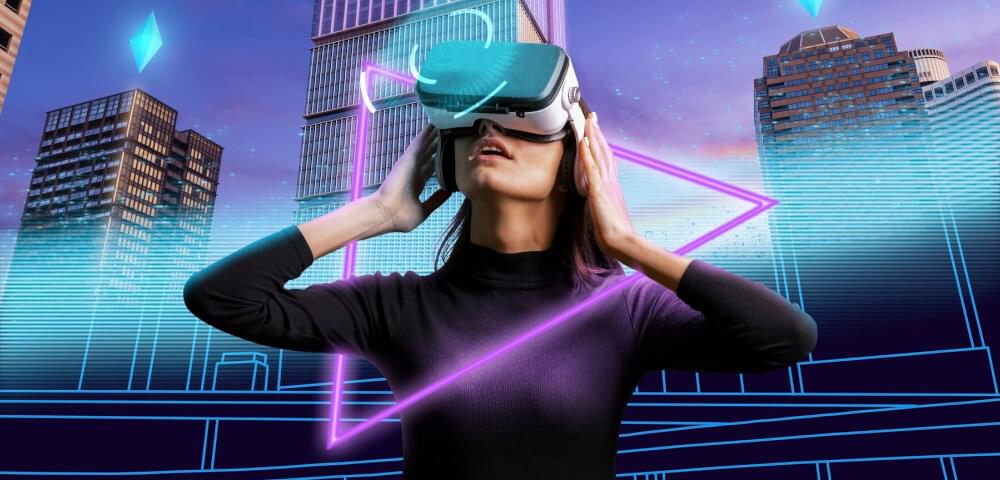
As more companies are investing in Augmented Reality (AR) and Virtual Reality (VR), these technologies are progressing at an astonishingly high speed. One notable advancement in AR is its application in live captioning, which holds significant promise for accessibility.
Universities have taken the lead in using AR and VR for live captioning, particularly benefiting people who are deaf or hard of hearing during conversations. The process begins with a calibrated microphone that detects human speech. This detected speech is then channeled to a micro-computer, approximately the size of a smartphone, which the user can conveniently carry in their pocket. Finally, the transformed speech is transmitted to a display that overlays the text onto the speaker.
While this setup has managed to minimize latency issues, there are some challenges to overcome. The captions, in their current form, can be somewhat intrusive and may obstruct the user’s view. Additionally, a unique challenge arises when the user’s own speech is also captioned, potentially causing confusion during conversations.
Nonetheless, experts are actively dedicating their efforts to refining this technology. As AR and VR continue to evolve, we can expect even smoother and unobtrusive live captioning solutions to emerge.
It’s a Wrap!
Augmented and virtual reality are constantly evolving and spreading throughout the e-learning, commerce, entertainment, and gaming sectors. Here, we cannot ignore the importance of subtitles, which make these immersive experiences accessible to all, breaking language barriers and enhancing user engagement.
To make the most of AR and VR subtitling, it’s essential to follow best practices, ensuring that subtitles are effective and unobtrusive. User-friendly interfaces for customization empower users to design their experience to their preferences. Auto-subtitle generators are emerging as valuable tools, streamlining the subtitling process and ensuring content creators can reach wider audiences. For AR and VR, the future is bright, and subtitles are lighting the way, ensuring that these transformative technologies are inclusive, engaging, and accessible.
Add and translate your subtitles to more than 100 languages with high accuracy







